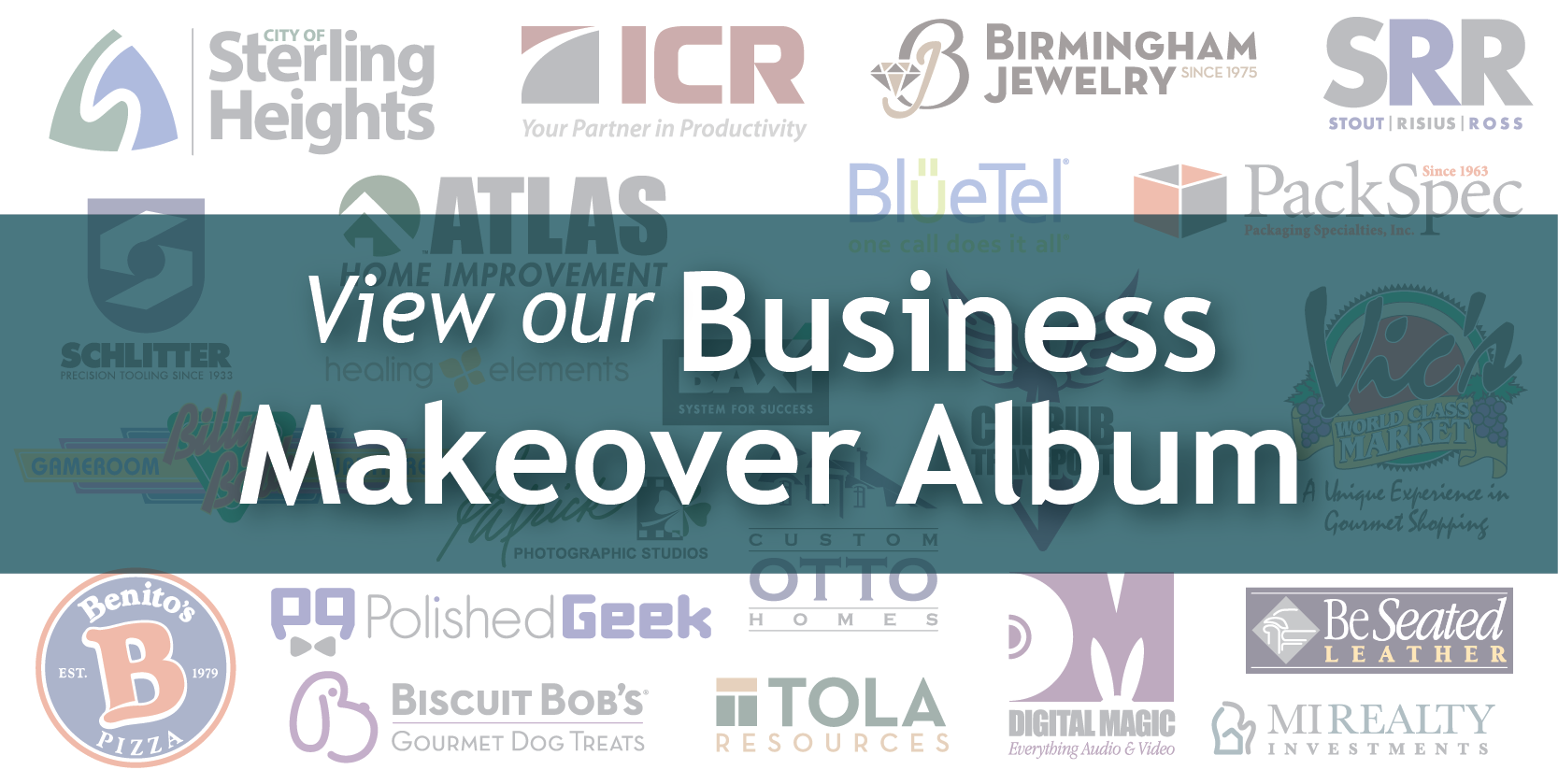You know your creative project process. Does your client?
Working in the professional services industry means that there are as many ways to approach the problem you solve as there are companies that solve them. From branding consultants and graphic designers to web designers and marketing firms, the process each company will take with a new client is unknown to them, unless you tell them.
This is especially true in the creative services industry. Every branding firm will have a discovery phase, a design and implementation phases. But what do those look like? How long will they take? What is expected of the client?
Why is it to your advantage to create a client onboarding process?

Create an organized and well-planned onboarding process.
When a new client is walked through a process that explains what they can expect when doing business with you, the following happens:
- You and your team give an immediate professional impression.
- Your client gains confidence, eliminating stress because they feel that you know what you are doing and they will be taken care of.
- Expectations are set on both sides, avoiding miscommunication and disappointment
- When expectations are not met, there is clarity and issues are more readily resolved
- Your client and your team will have a smoother experience overall and will increase productivity, efficiency.
- Your client’s expectations will be easier to meet–and even exceed–leading to greater client satisfaction.
- Greater client satisfaction leads to positive reviews and more easily generated referrals that lead to more sales.
What is involved in creating an onboarding process?
It doesn’t have to be elaborate. It can be a simple checklist of things you want to cover in your initial meeting and documents saved into a Client Onboarding folder.
With every client, you’ll likely learn of something that would have been helpful to have explained during onboarding. Add that to your list, or that document to your folder. This outline should help you get started if you don’t have an onboarding process.
Here are things we currently include in our client onboarding:
- New Client Checklist. This is an internal fillable PDF we use for every new client with everything that will need to be done to run the project efficiently and follow up. It includes setting them up in our accounting and project management software, to setting milestone appointments, sending customer-satisfaction survey, and adding them to our holiday mailing list.
- Process diagram. With this, we can outline the phases of their project, what they can expect from us and what we will need from them during each phase.
- Timeline. Whether a client is going through our Brand Identity Program, developing a Brand Blueprint, brochure, or marketing plan, they will need to know how long each phase will take.
(Both the Process Diagram and Timeline are likely part of your sales process. This is still reviewed during onboarding. Now that they are on the other side of the buying decision, they will be able to hear this with a different perspective.)
- Potential obstacles and communication. When clients are made aware of things that can throw a project into a revision nightmare, uncomfortable hurdles, or a massive roadblock, they will be able to do their part and reach out to us to openly share concerns and maintain project momentum for their ideal outcome.
- Project updates. Calendar appointments are set up the same day and time every week for updates on the project. This keeps clients in the loop during “quiet phases” when a lot of creative work is being done on our end. It also helps in creating gentle deadlines for clients to return their approvals or requests for changes.
- Change-order form. While clients generally stay within the project scope, on occasion they’ll ask for something well-outside the original project agreement. Letting them know ahead of time that these kinds of requests will be handled with a Change-order Form, prepares them for the limits on revisions and gives them an understanding of how our project management system works for their benefit.
- Pet Peeves. If this wasn’t covered in your sales process, be sure to ask about things they don’t want in a vendor. Some clients only want texts, others don’t. Learning about positive and negative experiences with past service providers can help you make sure that you avoid those pet peeves and shoot to increase the positive surprises.
While this may look like a lot to cover, when you’re organized, it can be reviewed quickly and without pressure. Successful Startup 101’s Tabitha Jean Naylor shares a great tip on SmartSheet.com for client onboarding:
“Keep it short and simple. It’s important that my onboarding checklist includes everything I need to ensure a fruitful working relationship, but that it is also brief enough that the process won’t stretch my client’s patience.”
Keep improving.
Here are two ways you can keep improving on your onboarding as you create systems and processes in your creative business.
First, we never want our clients to feel lost, confused, or left out of the process. Still, this may happen in spite of our best efforts in a clear onboarding process. Warmly expressing our openness to feedback throughout the project helps give clients the freedom to let us know when things feel off-track.
Second, wrapping up every project with a satisfaction survey has helped us build a better onboarding process. When we ask for constructive criticism, we often get it. It’s a great way to sharpen our service, slice off unhelpful practices, and deliver a fresh, crisp project outcome.
Remember to use your process!
I’ve been guilty of thinking that I can “wing it” because I’ve done it so often. Feeling overconfident, I’ve not pulled out the checklist and used it during our kick-off meeting. Inevitably, something important and the organized-professional polish is missed.
Think finishing at the beginning. We all want our clients to be more successful, right? Then let’s make our projects more successful with solid starts and strong finishes.
What are some of your onboarding tips and best practices? Share them in the comments.
Image credit: https://dribbble.com/shots/716707-Progress-bar




